These Fish Need Your Help! Last Chance to Comment on Menhaden, a Key Species in the Food Web
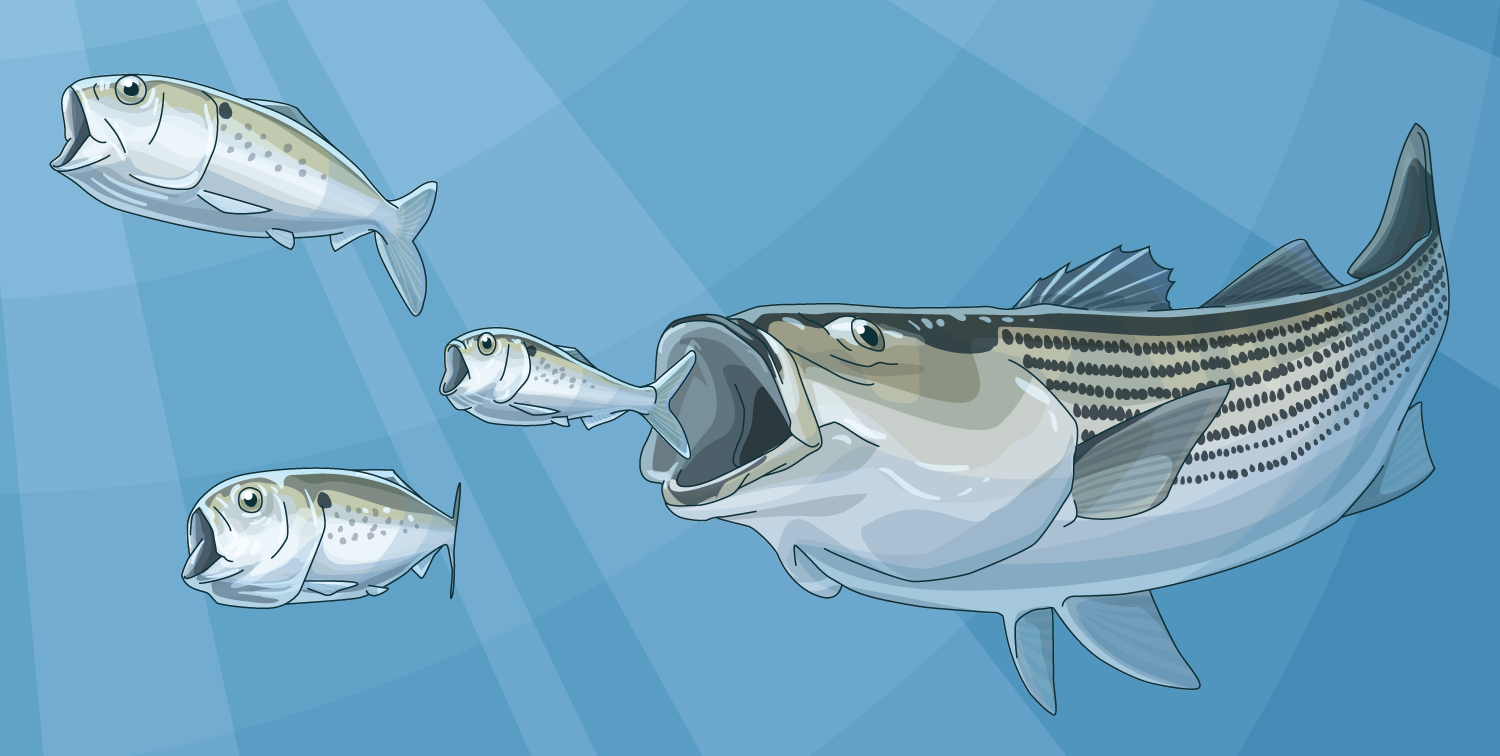 © The Pew Charitable Trusts
© The Pew Charitable TrustsBecause menhaden are vital food for a wide range of higher-level predators, including striped bass, they rank as one of the most important forage fish on the U.S. East Coast.
2017 could be a stellar year for menhaden, the lifeblood of the East Coast’s ocean food web—and today is a big day. The public’s chance to comment on management of these forage fish ends today, Jan. 4, at 5 p.m. EST. If you haven’t yet weighed in, please consider adding your voice to the many calling for fishery managers to recognize menhaden’s value as food for other species as they set catch limits for fishing.
Momentum is building. Since early December, the Atlantic States Marine Fisheries Commission has held public meetings in nearly every state on the Eastern Seaboard. Even though these meetings took place during the holiday season, turnout has been solid, with many comments in favor of considering the important role that menhaden play in the ecosystem. Local and national news outlets, including The Virginian-Pilot, The New York Times, and The Wall Street Journal, have published editorials and columns about the importance of careful management of the fish.
Menhaden (also known as bunker and pogy) are essential food for a wide range of ocean wildlife that includes humpback whales, ospreys, and striped bass. They are also the fish that are most caught and brought to port on the East Coast, a fact that may surprise those who have never seen them at the seafood counter. Aside from the relatively small number that are sold as bait for other fisheries, most menhaden are turned into other products, including farm animal feed, pet food, and fish oil supplements.
Managers have committed to setting catch limits that leave enough menhaden in the water for predators to have ample food, and they are asking for input on the options they have outlined for achieving that goal. In our opinion, option 1(D) in the commission’s public information document has the best chance of preventing overfishing, providing for the needs of predators, and restoring the health of the menhaden population.
This option would give menhaden the best chance of returning to their full historic range from Nova Scotia to Florida, instead of centering around the Chesapeake Bay as they do now. It would also support a thriving food web. The recent sightings of humpbacks pursuing “baitballs” of menhaden close to the New York shore are an indication of what a fully restored ecosystem could look like.
Ecosystem-based fisheries management of menhaden, a species with both ecological and commercial importance, will set a standard for how to conserve forage fish in the U.S. Don’t miss your chance to join the call for smart and careful management of the species known as “the most important fish in the sea.” Email your comments to Megan Ware at ASFMC ([email protected]) with the subject line “Menhaden PID” or follow these instructions to call or fax your comments to the commission today.
Peter Baker directs ocean conservation efforts in the Northeast for The Pew Charitable Trusts, and Joseph Gordon is Pew’s manager for mid-Atlantic ocean conservation issues.


America’s Overdose Crisis
Sign up for our five-email course explaining the overdose crisis in America, the state of treatment access, and ways to improve care
Sign up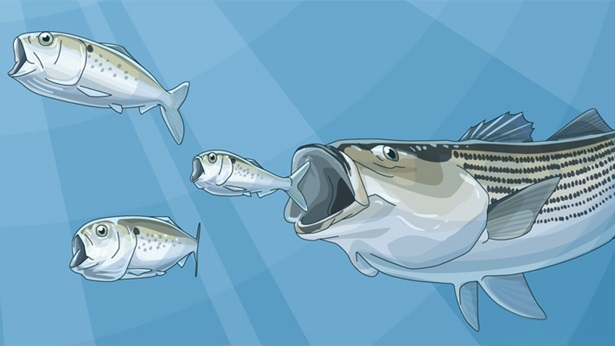
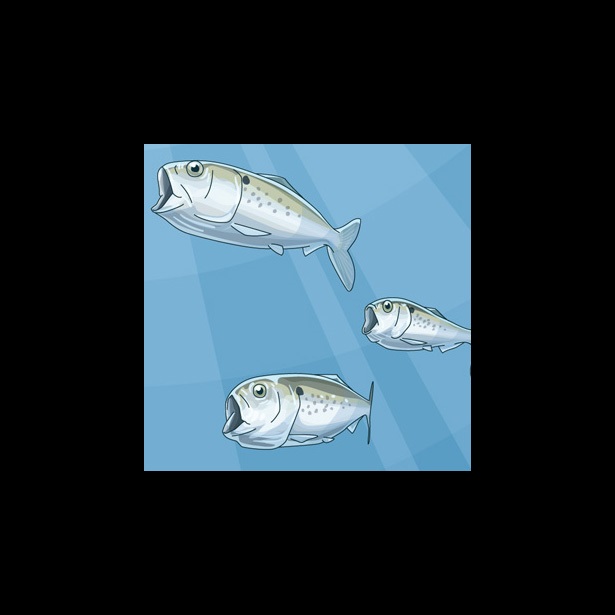
Maintain the Atlantic Menhaden Catch Limit
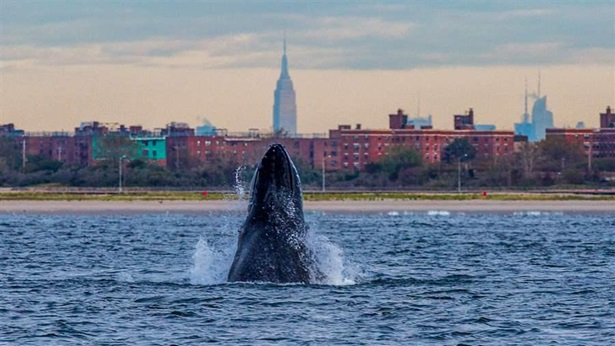
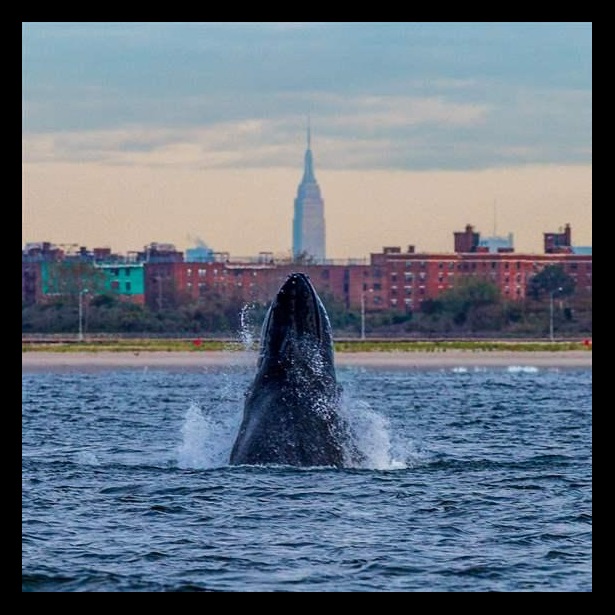
This Whale of a Photo Says a Lot About Keeping Oceans Healthy
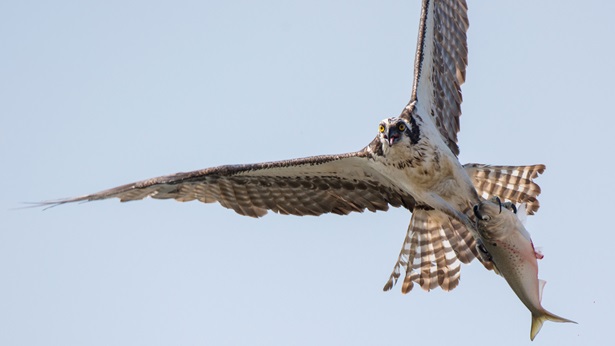

Menhaden Meals
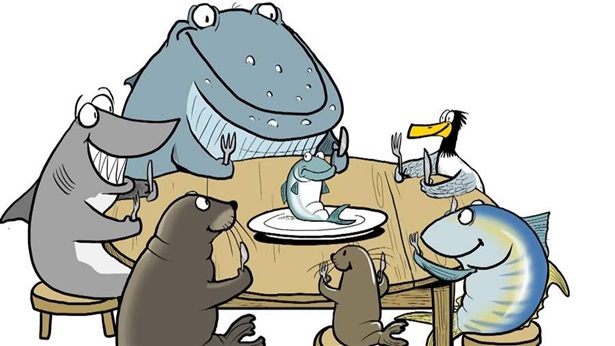
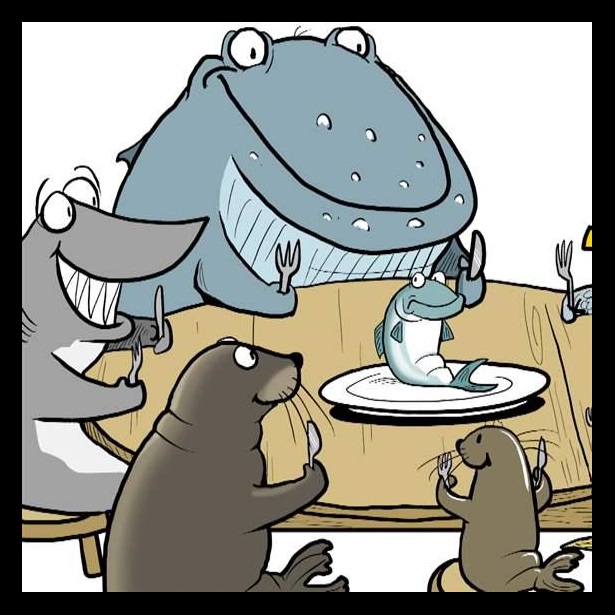
What Are Forage Fish?
A cartoon crash course










